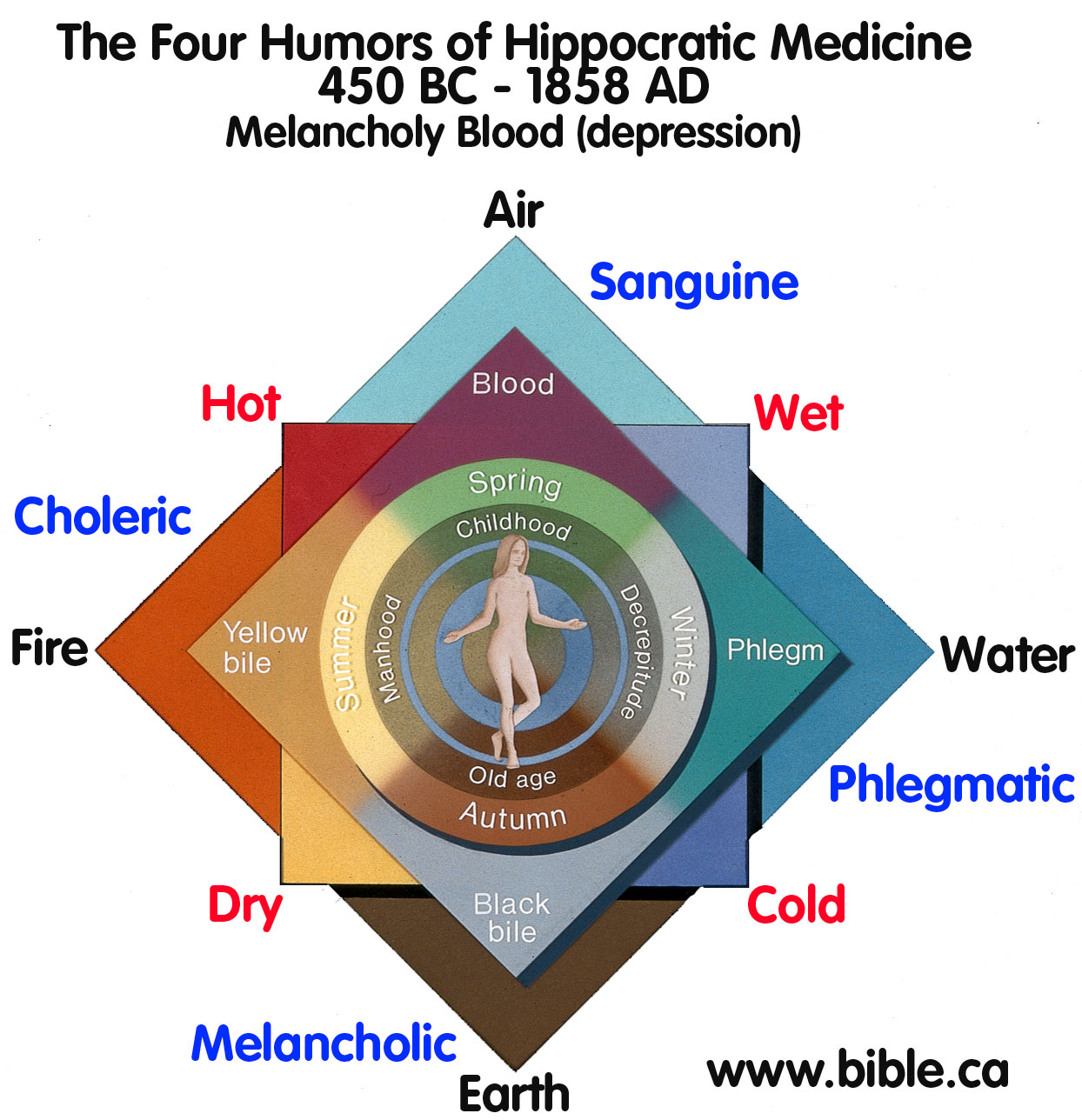
Back to the Blogosphere. The latest edition to the blog is another book related to the medical world: God's Hotel by Victoria Sweet. It was part of a Book Club through the Humanities Department at the Medical University of South Carolina.
Victoria Sweet is a physician at Laguna Honda--an almshouse in San Fransisco, CA. The hospital opened in 1867 and as an almshouse was known as a place of refuge--housing people who were chronically ill or impoverished with nowhere else to go.
The first medical services were provided in 1868 when the city opened a 24-bed hospital during a smallpox epidemic. After the epidemic abated in 1870, the hospital closed and was replaced by a small asylum. Like many such institutions throughout the country, the Almshouse was a refuge for a wide variety of people who lived at the margins of society. The thing that Sweet loved about Laguna Honda was the practice of "slow medicine".
Slow medicine does not disavow fast medicine: A broken bone still needs to be set, a heart attack kept from killing someone, and appendicitis requires surgery. But when acute care has done its job then recovery needs the right milieu, a different form of medicine, where the barriers to healing are removed, including unnecessary medications, abuse of drugs, alcohol and cigarettes, inadequate nutrition, and fear and hopelessness.
Privacy or Camraderie
Knitting as Therapy?
One anecdote from Sweet that was of a particular head nurse on one of the hospital wings. When Sweet would make her rounds throughout the hospital, she always found this nurse at her desk knitting. After asking her why she was knitting, the nurse told her that she was making blankets for all of the patients on the wing. From then on, Sweet noticed the multi-color blankets the patients possessed. She asked the other nurses about this nurses work load and how she was able to make all these blankets. The nurses said she was always very busy, but found the time to knit. When the hospital changed and upgraded to be more "efficient", it was unfathamoble for a nurse to have the responsibility to make blankets for the patients. However, maybe the simple act of kindness shown by this nurse made a greater impact for these patients' sense of purpose than an hour psych consultation.
Caring for those who care little for themselves entails immense frustration and wasted time, but time was one thing the doctors had — time and the medieval medical interventions of regular meals, clean linens, cheerful surroundings and the opportunity for careful observation. Occasionally a remarkable transformation would result from very little more than those simple things, the miserably self-destructive becoming well and whole.
Role of Occupational Therapy
There was one portion of the book where Sweet described the role of Recreational Therapists and the way they designed interactice games for their patients. She described, with delight, the ways the patients would light up when they were able to play games with one another and had a deviation from the mundane activities of the day. This passage made me think about Occupational Therapy and the mission of our therapy. The number one job as an OT is to connect with our patients in a way that gives them the confidence to overcome whatever may be ailing them and get them back to living life to the fullest.Hildegard of Bingen
Along with working as a physician at the hospital, Sweet was also completing her Ph.D Studying the 12th Century nun--Hildegard of Bingen. Hildegard postulated the theory of humours in medicine. The theory stated that within every individual there were four humours, or principal fluids - black bile, yellow bile, phlegm, and blood, these were produced by various organs in the body, and they had to be in balance for a person to remain healthy.
Too much phlegm in the body, for example, caused lung problems; and the body tried to cough up the phlegm to restore a balance. The balance of humours in humans could be achieved by diet, medicines, and by blood-letting, using leeches. Leeches were specifically applied to re-balance the female reproductive cycle, making leeches the first douches. The four humours were also associated with the four seasons, black bile-autumn, yellow bile-summer, phlegm-winter and blood-spring. Although humours is not used today, Sweet enjoyed the way Hildegard took a holistic view of her patients and treated all of them as individuals.
Santiago De Compostella Pilgrimage
Another interesting part of Dr. Sweet's story was her pilgrimage in Spain to St. James Cathedral in Spain. If you have seen "The Way" starring Martin Sheen then you know what she accomplished. El Camino is a spiritual pilgrimage for travelers starting in France, across northen Spain to St. James Cathedral. The 1600 km walk can be started at any point and is a journey of body and soul, a meands of seeing, feeling and being that a person unleashes from within--or so I'm told. Haley and I are have added El Camino to our bucket list and may even try to make the trek after graduation.That's all for today folks. If you have more interest in the book, please look on the attachments below. What do people think? A better way to practice medicine?
Extra Links:
http://www.nytimes.com/2012/05/29/health/29zuger.html
https://www.youtube.com/watch?v=VA08kzp7tSg




What an uplifting blog post Matthew! Thank you for sharing it.
ReplyDelete